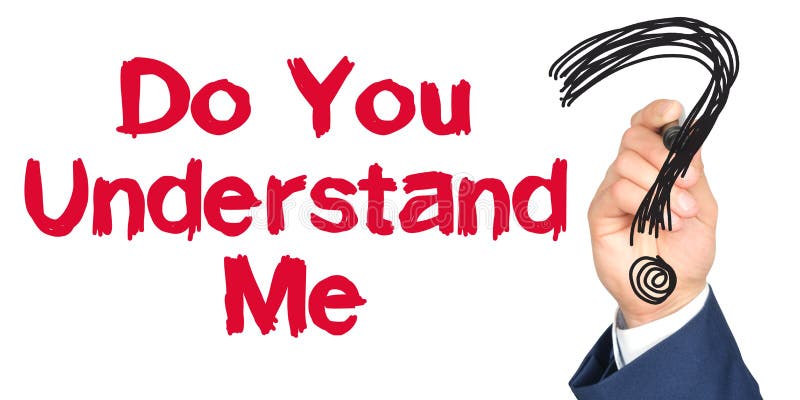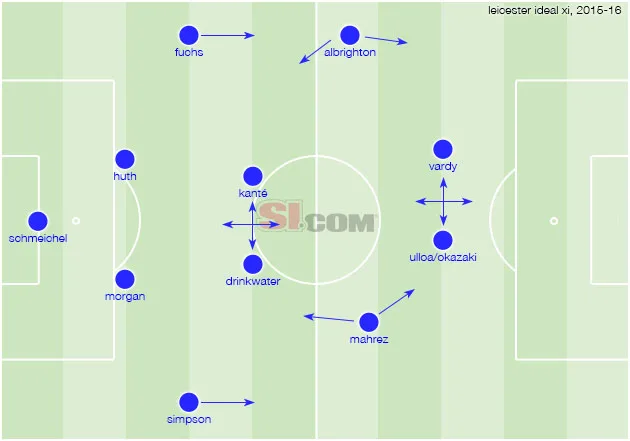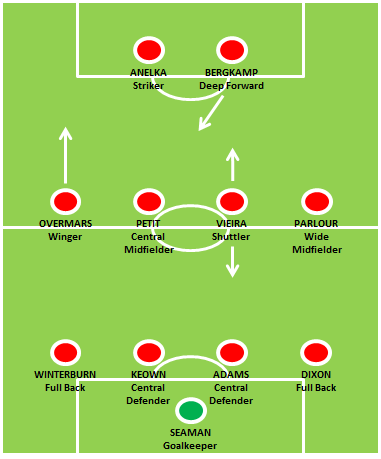
Asymmetrical Tactics; Amazing or Abomination?
Football tactics come in a variety of shapes. But, when it comes to looking at symmetrical and asymmetrical tactics one has to understand the difference between both symmetry and asymmetry.
In this selection of articles, I’ll discuss the use of asymmetrical formations, their use in real-life football as well as their use in Football Manager.
The use of asymmetrical formation is something that has previously been discussed on Dictate The Game by Crusadersar- http://dictatethegame.com/creating-overloads-in-fm19-a-guardiola-masterclass/.
This quote from the article jumped out to me:
“When creating a formation it is better to strive for balance and realism rather needless asymmetry. Some slight asymmetry can definitely help though, especially when there is good synergy with custom Player Instructions and Preferred Player Moves (PPMs) on some players.”

I’ve always liked to push tactical boundaries with the formations that I use on FM. However, previous comments that I have received about my tactics have me like this…

Now, with more tactical data available on Football Manager, instead of hiding behind the curtain I am now going to present why you should consider using asymmetrical formations.
The Definition of Asymmetry
For many years I have been a believer of asymmetry in Football Manager. Now, what am I talking about when it comes to asymmetry?

The dictionary definition of asymmetry: not identical on both sides of a central line; unsymmetrical; lacking symmetry. Having parts on either side or half that do not match or are not the same size or shape.
In terms of how this links to Football Manager, symmetrical tactics include a balance of players between the right side and left side of the pitch. In asymmetrical tactics, one side of the pitch is overloaded. Asymmetrical tactics fit into a category that many football managers would call “atypical football systems”. What both successful symmetrical and asymmetrical tactics have in common is balance. Asymmetrical tactics are seemingly less common when it comes to Football Manager.
Asymmetrical Formations on FM
Over many years I have created many asymmetrical tactics. For some (to me it seem like many) the mere thought of using an asymmetrical tactic brings about chills.
Now, I am not writing this article to force you to use asymmetrical tactics. The point of this article is to explain why I used them. For the most part, this article will take some understanding of player roles and how they work in tandem with both individual and team instructions.

When some look at the asymmetrical tactics that I have created, they comment on how it looks like I have just added players into their preferred role. In essence, yes asymmetrical tactics do allow teams to pack in as many of their best players as possible.
The most sensible question when thinking about creating an asymmetrical tactic would be ‘when’ as opposed to ‘why’. Asymmetrical tactics take time to work and using them on a whim could turn out to be a disaster.

If like many real-life managers you go into a match with multiple plans, having a backup asymmetrical tactic could be the path that you need to take to start using asymmetrical tactics.
There are some proven advantages to taking up an asymmetrical or atypical shape in football. Often, you’ll find that you will not have the exact player types to carry out an asymmetrical tactic, therefore changing a player into a role that they are more comfortable in results in an atypical shape.
I often get many comments surrounding reality when it comes to my tactics. Asymmetrical tactics aren’t as uncommon as people think. In my opinion, using numbers for tactics to determine the defenders, midfielders and strikers lack an understanding of tactical fluidity.
Real Life Use of Asymmetrical Formations
It is my belief that a team’s tactics have within themselves many different shapes. Players aren’t just plonked onto a pitch and told that they can only play in that area of the pitch. Football Manager itself is a prime example of this. When assigning player roles, you have an abundance of player roles to choose from that determines where a player will be both with and without the ball.
As unnatural as an asymmetrical tactic is for the opposition, the tactic is similarly unnatural for the team of players implementing them. It takes time to implement asymmetrical tactics. They can’t just be used for the sake of it. Naturally, when using asymmetrical tactics an imbalance is created in the team or in certain areas of the field. In the worst-case scenario gaps can be exposed and punished instantly; more so when players aren’t fully up to the task of covering gaps that are left during certain game situations. Having an imbalance can cause many problems which is why I make it clear that asymmetrical tactics, like any tactic, have to be trained over a period of time.
Offensively, it becomes harder to stretch the opposition as there would be no threat on the other side of the field. This allows the defence to overload on one side. Meanwhile defensively, if a team decides to use an asymmetrical formation, there would be a big gap for the other team to exploit. Teams that are looking to create situations in which there are more attackers than defenders(an overload) typically will have a full back overlap and even have a central midfielder occupy a half-space.

Many real-life coaches employ them due to their ability to disrupt the opposition. They are also used to emphasize a team’s own strengths and hide their weaknesses. On Football Manager, naturally, we’re not talking about “real life” we are talking about Artificial Intelligence (AI). Essentially, on Football Manager you are playing against robots that are programmed to react situationally. In real life, when teams play each other during single season players and managers subconsciously react to tactical shapes and player roles. When playing against FM’s AI, there is no such thing as a subconscious. Essentially, the AI opposition is programmed to handle a generic set of circumstances which is why some see using asymmetrical formations as “game breakers”. There is the belief that the imbalance of tactics simply exploits the AI. Whether or not this is the case is not for me to decide, though I should note that my use of asymmetrical formations is not done to exploit any facet of Football Manager.
Often asymmetry is not annotated correctly when they show the team formation on TV. One-winger teams of note include: Arsenal 1997–98 (with Marc Overmars), Marseille 1993 (Chris Waddle), Leicester 2015–16 (Mahrez). If it’s not used more, it is probably because it makes a team’s attack rather one-dimensional and easy to predict; it is harder to switch the play with asymmetrical formation due to the targeted overload on one side of the pitch. Managers would have to be reactionary or mirror asymmetrical formations or apply specific player roles that ensure that players cover certain areas of the pitch for the switching of play to occur.

Leicester City 2015/16 
Arsenal 1997/98
Generally speaking, tactics are a tricky game as each decision has positive and negative effects and if there was one tactic better than all others, everyone would use it.
Any action in football is followed by a consequence. The same goes for the usage of asymmetrical shapes. If the attacking side deploys an asymmetrical structure, the defending side is forced into a reaction. Either they will attempt to adjust their shape in order to still gain numerical superiority or at least equality in certain areas, or they will have to defend with fewer numbers.
When using an asymmetrical shape against a space-oriented defensive side, the opposition might not adjust their defensive shape though. As a result, it is possible to create natural overloads on one side while having an underload on the other side.
The advantage of having numerical superiority in one area of the pitch can quickly turn into the disadvantage of being outnumbered in another area. This can lead to the struggle to sustain possession in the underloaded area or the threat to be caught with inferior numbers in a certain area after losing the ball. Therefore, it is not a big surprise that most sides using asymmetrical shapes are dominant in possession and often possess superior individual players.
In conclusion, it is clear that it takes an extremely competent set of players to successfully use asymmetrical formations therefore it would be wise to consider the ability of your players when using asymmetrical formations. The aim when creating any tactic should never be to over-complicate the process. Be creative with your best players in formations that may bring that tad bit more out of the team’s strengths than any other typical tactic or system. That is not to say that simple asymmetrical tactics can’t be used with less competent players, it is for you to judge how your tactics work by using the variety of tools available on Football Manager.
I hope that by reading this I have given you a fresh perspective on my view of asymmetrical and that I have enabled you to broaden your mindset when it comes to creating your own tactics on Football Manager.
What is your opinion on the use of asymmetrical formations? Let us know via our social media networks:
Join our discord to talk Football Manager and more!
You can also let me know on Twitter!
Read the most recent posts from DTG writers below!
- One-Club Man: La Cantera
- One-Club Man: Defence-First Football & Club DNA In FM24
- One-Club Man: 1st Day on The Job, Meet The Team
- The Story of One-Club Man
- FM24 Release Date Announced!